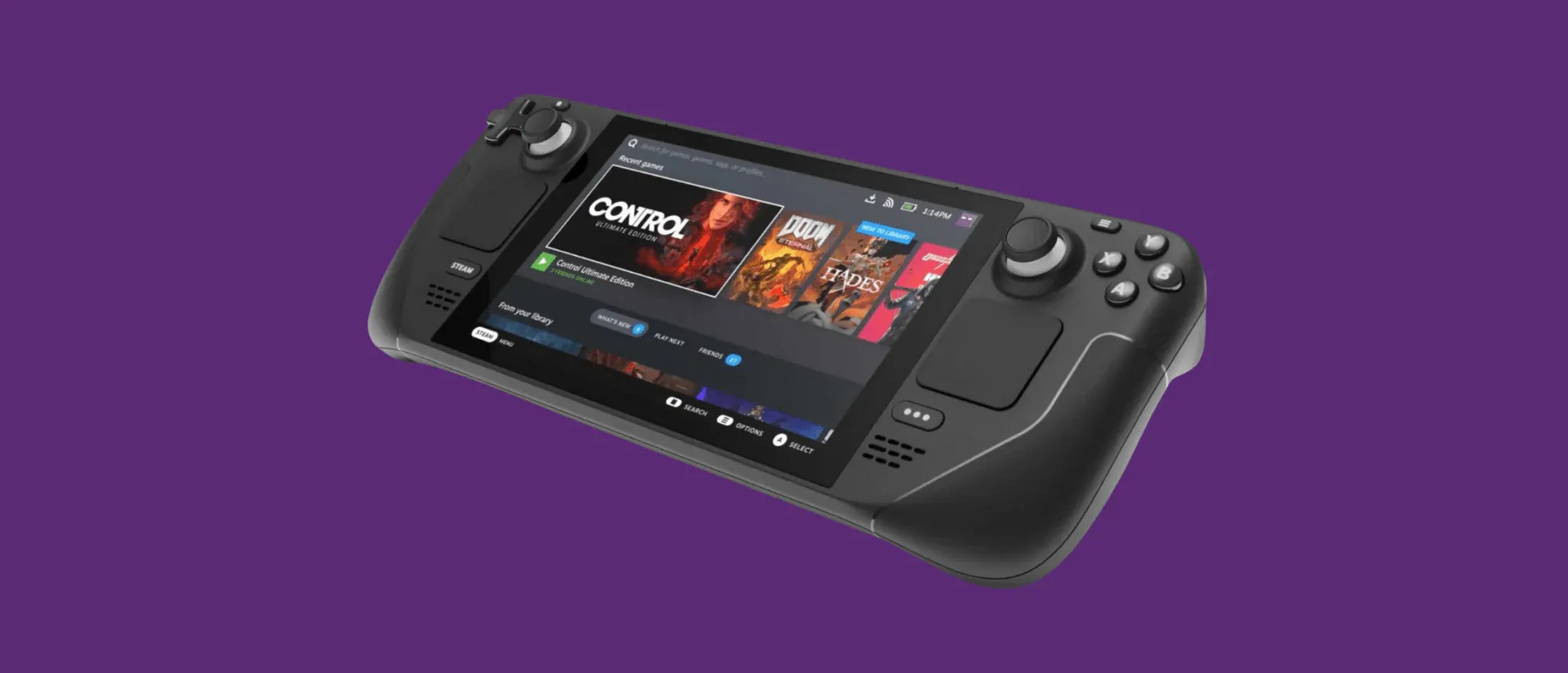Steam Deck
After a few months following the release of the Steam Deck OLED in November, I finally decided to purchase one for myself this past May. The decision was driven by my need for a portable gaming system, especially for the frequent train rides and long breaks between university classes.
However, this device wasn’t my first choice. Initially, I planned to buy and mod a Nintendo Switch OLED. It checked all the boxes: a great game library, long battery life, and a good screen, not to mention its lightweight design. But then I discovered the Steam Deck, which completely changed my perception of handheld devices. It offered a versatile system that could be used not only as a console but also as a fully functional computer.
Gaming Experience
I’ve always been a PC gamer, ever since I was a kid. I’ve rarely used controllers—my only experiences were with a PS2 rescued from a landfill and a relative’s original Xbox. So, I felt a bit out of my element when I started playing titles that I was used to playing with a keyboard and mouse on a controller. However, I quickly adapted, thanks to the quality of the Steam Deck’s controller.
Steam’s Big Picture interface is intuitive and easily customizable with the right plugins. It provides a clean view of your library and the store, although there are occasional minor issues. The only real downside I’ve noticed isn’t the console’s power or battery life—it’s the weight. During gaming sessions lasting 1-2 hours, it starts to take a toll on your wrists.
Performance
On the hardware side, I have no complaints. Games like Borderlands 3, High on Life, and even Helldivers 2 are absolutely enjoyable on this system, with decent battery life ranging from 1 to 2 hours depending on the game’s demands. With indie games like Industria or Hyper Light Drifter, the battery lasts up to 4 hours without any issues.
Docked Usage
I’ve often used the Deck for work-related tasks with a dock connected to two monitors, along with a keyboard and mouse (in desktop mode, of course). Whether I was using an IDE like VSCode (via Flatpak), attending meetings, or responding to emails, it worked flawlessly. The Deck performed excellently, handling everything smoothly without any problems.
Non-Steam Games
Since the Steam Deck is essentially a Linux machine, you can install any launcher or non-Steam game and add it to “Game Mode.” This was one of the biggest reasons I chose to buy it. You can use software like EmuDeck for emulating consoles like the Switch, PS2, PS3, Wii, Xbox 360, and more, or launchers like Heroic to access games from Prime Gaming, GOG, or Epic. This opens the Deck up to a fantastic array of titles, from Mario Kart to Burnout Paradise, not to mention classic arcade games for emulation, and a huge indie game library thanks to Prime Gaming’s monthly freebies.
Tips and Tricks
SteamOS is an Arch-based but immutable distro, meaning you can’t install packages in the traditional Arch way. Instead, you have to rely on methods like Flatpak, Snap, or AppImage. For my specific use case, I continue to use Flatpak apps, installing anything I can’t find via an Arch Distrobox, giving me a more traditional way to get things done.
Conclusion
That’s my personal experience with the Steam Deck. I’ve seen both positive and negative reviews about the device, and I’d say it’s a great compromise between a gaming laptop and a Nintendo Switch, but not much more than that. I wouldn’t replace my laptop or a more powerful home system with it. However, it’s an excellent addition if you want to take your games on the go or have a terminal available without carrying a full laptop around.

